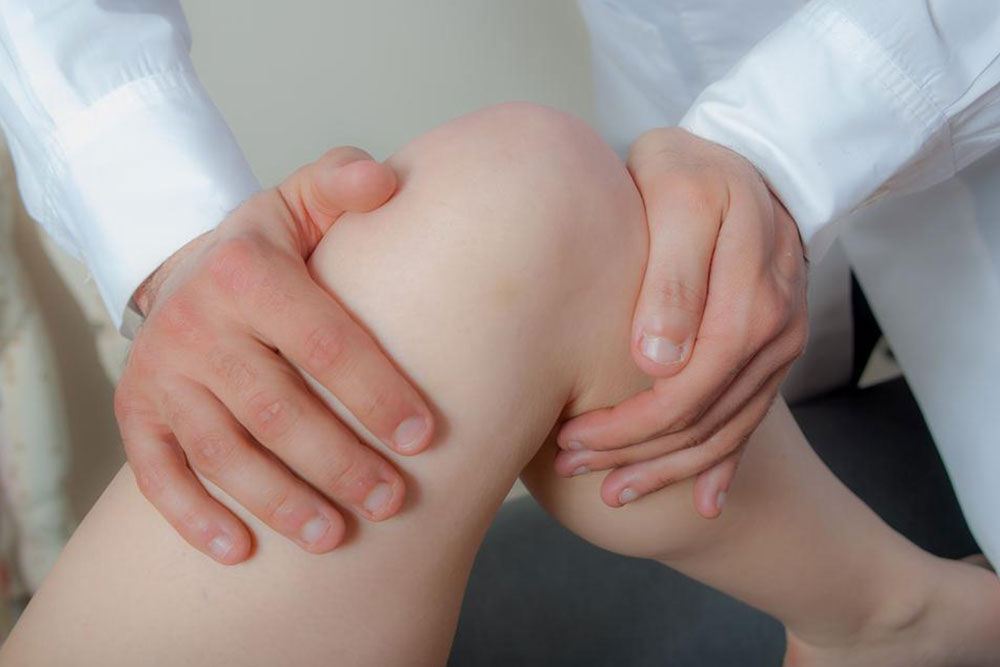Strategic Approaches to Relieve Meniscus Tear Pain Quickly and Effectively
Discover comprehensive, non-surgical strategies to alleviate meniscus tear pain quickly. From rest and ice therapy to targeted exercises, learn effective ways to manage knee injuries and promote healing without invasive procedures. Understand the importance of timely treatment and how to implement these methods for optimal recovery and mobility.

Strategic Approaches to Relieve Meniscus Tear Pain Quickly and Effectively
The meniscus is a crucial component of knee anatomy, acting as a shock absorber between the thighbone (femur) and the shinbone (tibia). A meniscal tear is a common knee injury that can cause significant discomfort, swelling, and mobility issues. This injury often occurs due to sudden twisting, rotation, or excessive force applied during activities like sports, sudden movements, or even minor trauma. The damage to the cartilage can impair the smooth function of the knee joint, leading to pain and instability.
In addition to acute injuries, meniscal tears can develop gradually over time due to degenerative processes associated with aging or repetitive knee stress. Athletes engaged in high-impact sports or individuals with a history of joint wear often are at increased risk. As cartilage deteriorates, the risk of tearing increases, especially when subjected to sudden movements or excessive load.
When a meniscal tear occurs, the normal movement of the bones within the knee joint is disrupted. This can lead to inflammation, pain, and swelling, making movement difficult. A significant number of the population over the age of 65 experience some form of meniscal damage, often without immediate symptoms, which can worsen over time if left untreated or unnoticed initially. Sudden sensations of knee popping or acute pain often indicate a tear, especially if associated with pain during activity.
Managing meniscus injuries depends heavily on the severity of the tear, the age of the patient, and overall health. While some tears may require surgical intervention, many initial treatments focus on conservative, non-invasive methods designed to alleviate pain, reduce swelling, and promote healing without the need for surgery.
Here are some effective, non-invasive strategies to manage and ease meniscus tear discomfort, especially in the early stages of injury:
Rest the Knee: It is essential to avoid activities that strain or overstress the knee. Episodes of running, jumping, or sudden twisting should be minimized. Using crutches or a cane can help reduce pressure on the knee, allowing the injury to stabilize and reducing pain. Adequate rest creates an environment conducive to healing and prevents further aggravation of the injury.
Apply Cold Therapy: Regular application of ice packs to the injured knee significantly reduces swelling and numbs the affected area, easing pain. Apply an ice pack or a cold compress for 15 to 20 minutes every three to four hours during the initial days post-injury. Continue this routine for 2-3 days or until swelling diminishes noticeably.
Compression Techniques: Using an elastic bandage or a neoprene knee sleeve provides support and helps control swelling. Proper compression can also stabilize the joint and prevent further injury during movement. Consulting a healthcare professional ensures the correct fit and application for maximum benefit.
Elevation: Elevating the leg, especially during rest periods, helps reduce fluid accumulation and swelling. Elevate the knee above heart level by placing a pillow underneath the heel to facilitate proper drainage and minimize inflammation.
Targeted Physiotherapy Exercises: Guided by a qualified physiotherapist, specific stretching and strengthening exercises can help improve joint stability, reduce pressure on the meniscus, and promote recovery. Engaging in tailored exercises enhances circulation, flexibility, and muscle support around the knee.
While these methods are effective initial steps, it is crucial to seek medical evaluation for a comprehensive treatment plan, particularly if symptoms persist or worsen. In cases of complex or severe tears, surgical options like meniscectomy or repair may be necessary to restore knee function. Early intervention and appropriate management can significantly improve long-term outcomes and reduce the risk of chronic joint issues.





